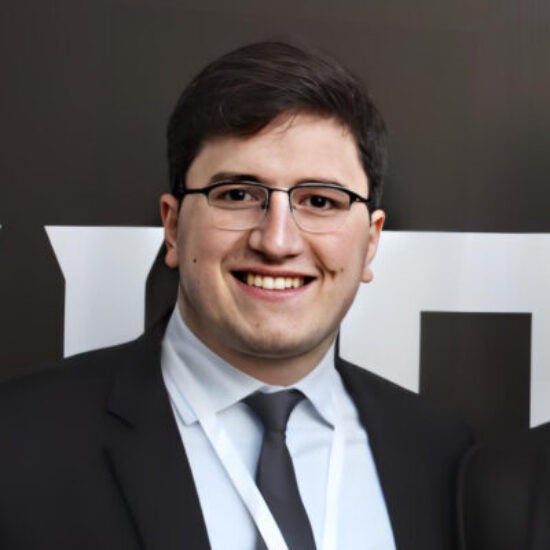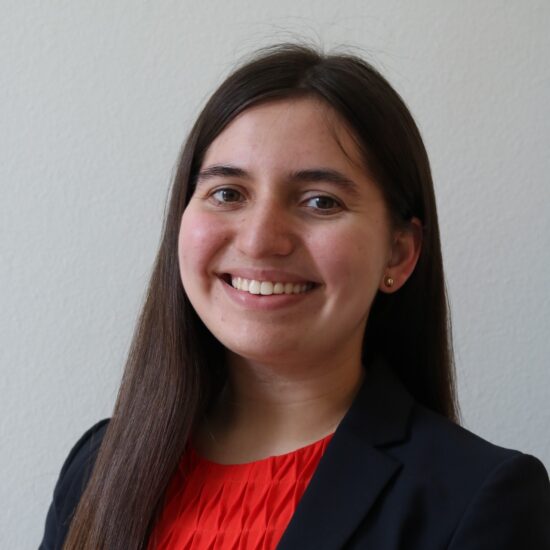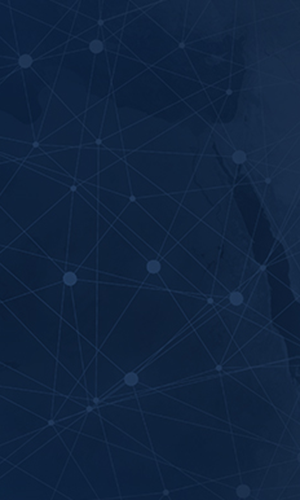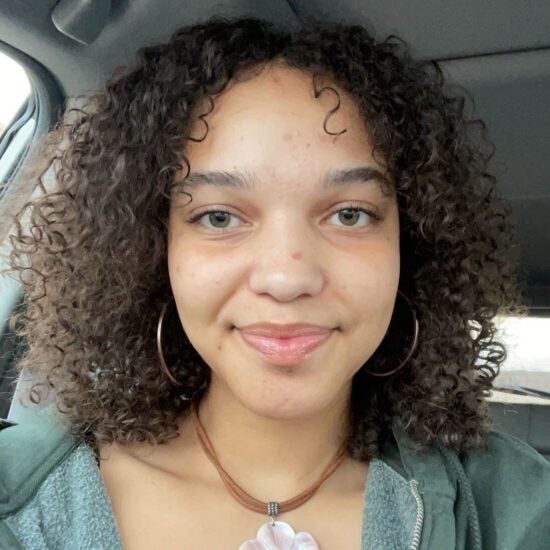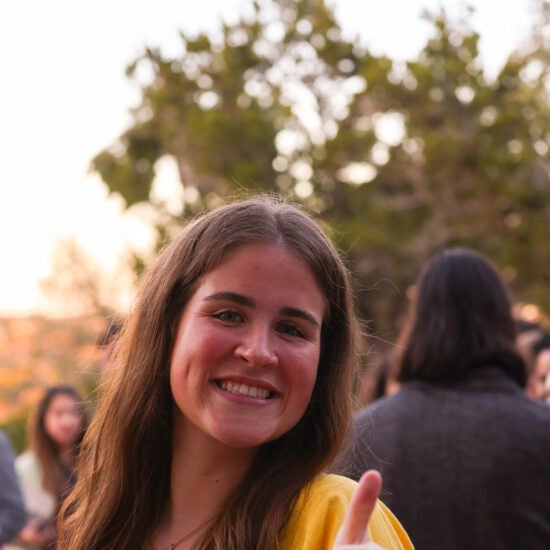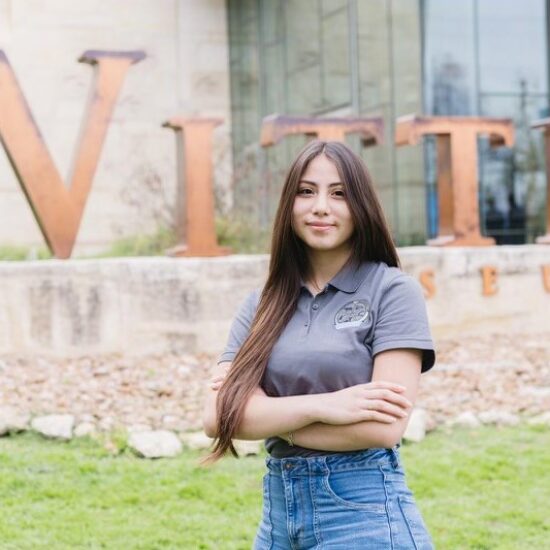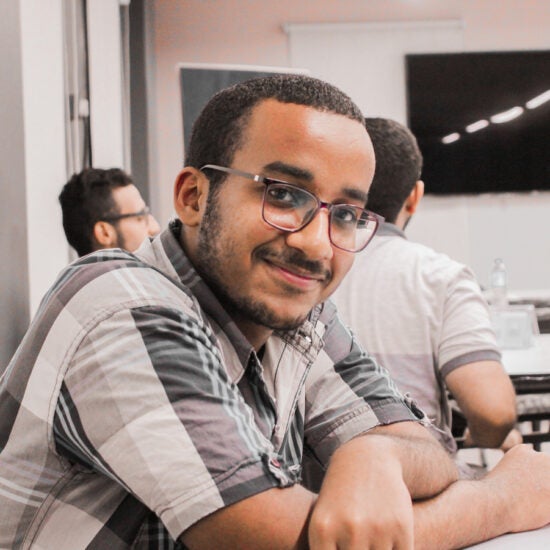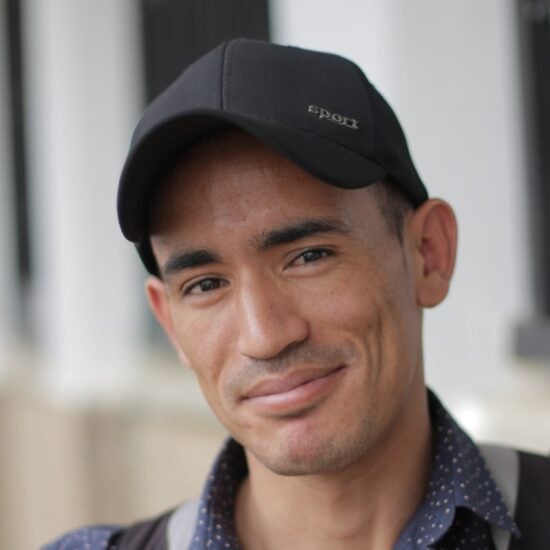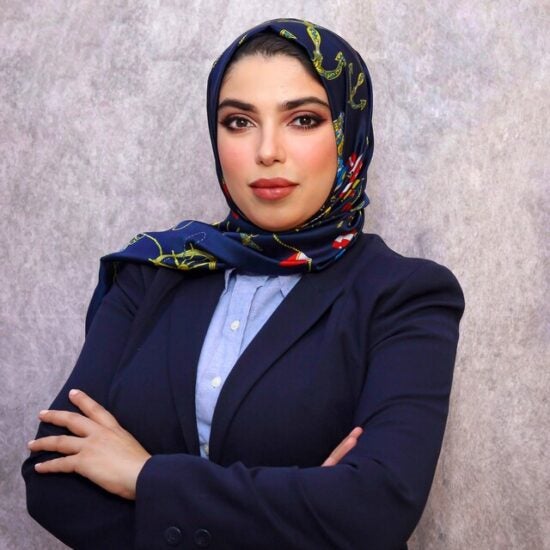Technology was never a part of classroom learning for high school student Zineb Badri. Public school students in Morocco don’t always have access to sophisticated equipment or laboratories, much less internet. The STEAMuseum changed that for some Moroccan youth. For the first time, Zineb was learning in a different way. “In the beginning, I thought it would be just a normal class with the same boring tools, but instead, to my surprise the learning tools were really modern and efficient, and the process of learning was so fun and entertaining,” she said. “I have never thought that we can use technology to connect with other students abroad and work with them together as a team. Virtual exchange not only helped me develop and acquire new skills, but I was also able to build long lasting relationships and make new friends overseas.”
Idmaj Neighborhoods Association
The STEAMuseum engages underserved high school students from Casablanca and Chicago in a collaborative virtual exchange where they learn about one another and co-create digital exhibits that reflect their interests. Participants Zineb Badri and Aaron Cohen formed new relationships, practiced their language skills, and discovered each other’s culture.

"I have never thought that we can use technology to connect with other students abroad and work with them together as a team. Virtual exchange not only helped me develop and acquire new skills, but I was also able to build long lasting relationships and make new friends overseas."
Zineb Badri, Participant, Idmaj Neighborhoods Association's STEAMuseum
The STEAMuseum connects high school students in Casablanca and Chicago through virtual exchange. Participants get to know one another while working together to create a digital exhibit, exploring a topic through the lens of their culture. Key to the exchange is communication, in the broadest sense of the word. Students practice their language skills — a mixture of English, Arabic, and French — by connecting and empathizing over common interests and issues. Zineb’s team focused on architecture. “Together we created an online exhibit where we published our artifacts. It was a long, fun process to develop this exhibit with my team. We have done many activities, presentations, challenges, and videoconferences, and communicated together to curate the exhibit,” she said.
The STEAMuseum activities offer students real-world practice for a future that will require a solid foundation in digital literacy and cross-cultural collaboration. They also offer a practical context for language study that demonstrates its need and motivates teens eager to connect. “I found that I actually had a lot in common with some of the Moroccan students,” said Aaron Cohen, a participant from Chicago. “For example, one Moroccan student and I both shared a love for basketball. This was impactful because I realized that despite the fact that we live in separate parts of the world, we were able to use language to connect with one another.” In addition to forming new relationships, Aaron also developed his language skills. “Being able to apply the Arabic skills I have learned in school to a real-life environment was extremely helpful because it allowed me to identify my own strengths and weaknesses and improve my speaking ability significantly,” he said.
"I found that I actually had a lot in common with some of the Moroccan students. For example, one Moroccan student and I both shared a love for basketball. This was impactful because I realized that despite the fact that we live in separate parts of the world, we were able to use language to connect with one another."
Aaron Cohen, Participant, Idmaj Neighborhood Association's STEAMuseum
For both students, the technology of virtual exchange along with the relationship-building between their respective schools opened new ways to study languages that were effective, practical, and most importantly, based solidly in the real world. The result was a context for learning that allowed them to practice and hone skills such as communication and collaboration, which will make them better prepared for an increasingly global and digital workforce. Perhaps most importantly, they had the opportunity to make new friends and discover for the first time the many things they share, even across distance and culture.

